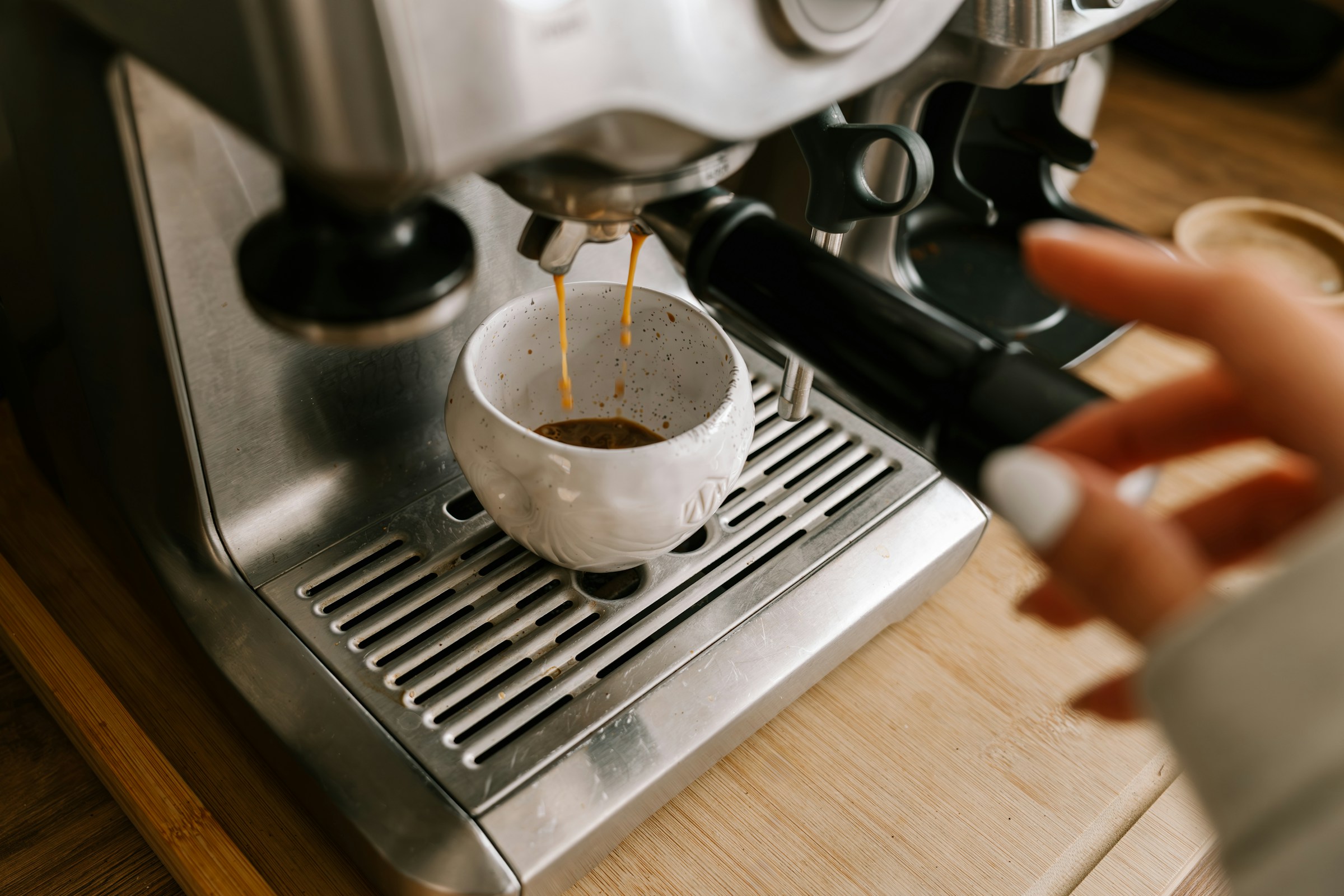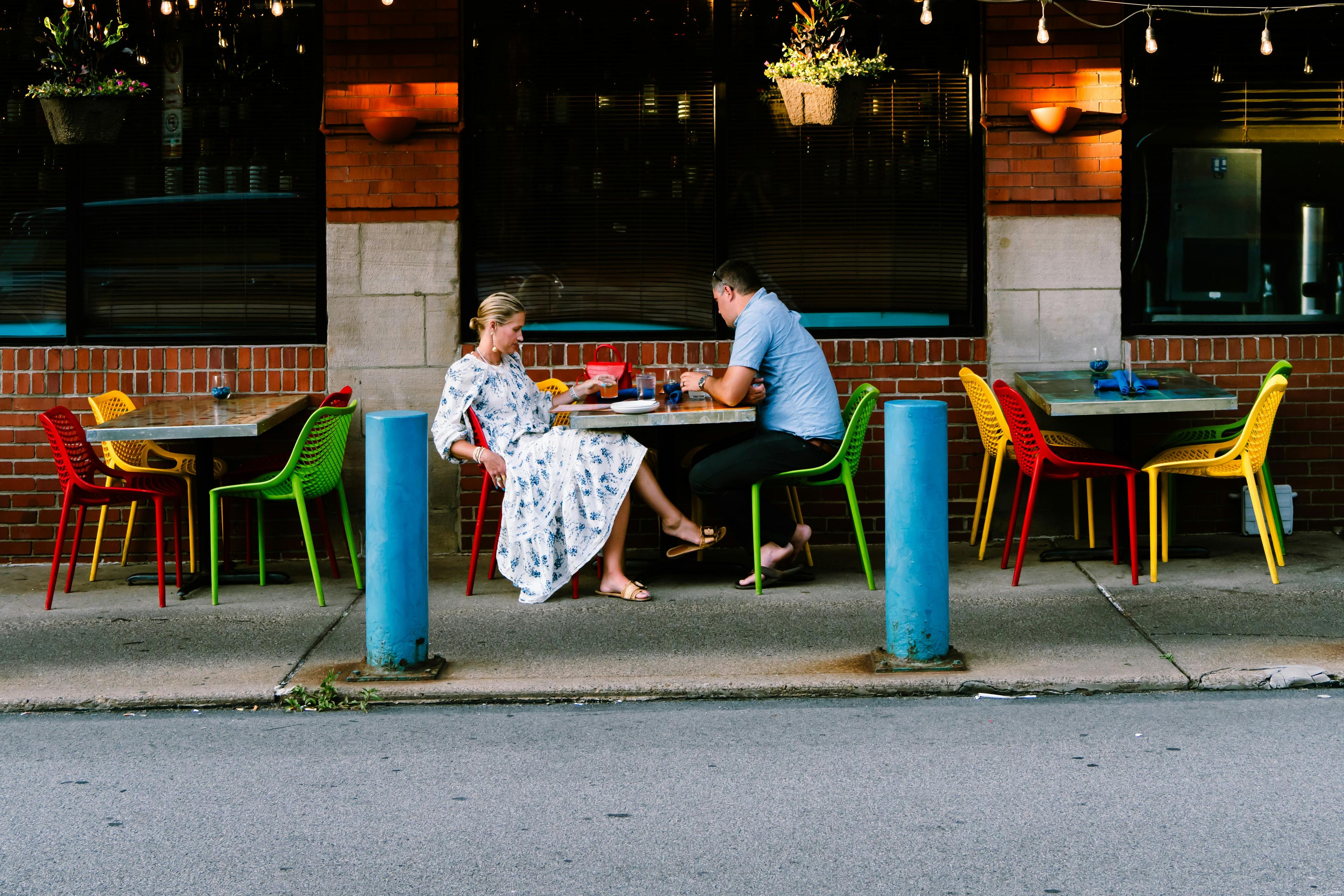Coffee looks like a small choice. A scoop of beans. A patient pour. A warm cup before the day starts moving. It tastes like focus and comfort, and it feels like a gentle permission to begin. For many of us, that first cup is an anchor that makes the morning kinder. The trouble rarely starts with the first cup. It begins with the quiet escalation that happens when one pleasing habit tries to cover too many needs. The second cup becomes routine, the third cup wanders into the afternoon, and the body starts whispering signals that the mind is too busy to hear. Those signals are the side effects of drinking too much coffee, and they often show up not just in the body, but in the mood of the home, the flow of the workday, and the tenderness of conversations that deserve patience.
Caffeine is a stimulant that nudges the central nervous system. In a modest dose, it feels like a green light. Eyes sharpen, thoughts line up, and the brain moves from idle to drive. Over time, though, receptors adapt. The same amount that felt generous last month becomes the new normal. The hand reaches for a taller mug or an extra shot, and a comfortable ritual starts to lean on intensity instead of intention. That is when hands begin to tremble a little on the keyboard, and thoughts feel quick without feeling clear. It can look like energy, but it often behaves like tension. The living room that welcomed slow mornings begins to feel restless by mid morning. The kitchen that once smelled like a calm routine turns into a waypoint for refills instead of a place to nourish. The home mirrors the system inside the body.
Sleep is where the cost appears first. Caffeine lingers for hours, so a late afternoon cup may still be present at bedtime. Falling asleep might still happen, but the depth of sleep thins. You wake with the surface feeling of rest, but the deeper layers remain untouched. Morning arrives, and fatigue has a different texture. It is not simply tiredness. It is a narrow kind of alertness that comes with a hollow center, the kind that waits for the next cup to patch the gap. That creates a cycle that looks subtle from the outside and feels heavy on the inside. You drink to fix the sleep you did not fully get, then you sleep lightly because of the drink you used to cope. The remedy is not always to leave coffee behind. Often it is to let the evening reclaim its softness. Give the last cup an earlier boundary. Protect the quiet of the house at dusk. Train the body to trust that night is for depth, not performance.
Anxiety can hitch a ride on higher intake. Caffeine raises alertness, and alertness can misinterpret ordinary life as a set of small threats. A sink with a few dishes feels urgent. A message without an emoji reads as cold. The doorbell disrupts not just the room but also the breath. In a shared home, that can sound like sharper replies and lower patience. It can make kind people seem short. This is not a flaw in character. It is the nervous system asking for a slower rhythm than the cup allowed. When the dose comes down, perspective returns. You can feel the difference in the same room with the same people. Conversations soften, background noise turns into simple sound, and what once felt like a challenge becomes neutral again.
The heart speaks plainly about excess. Palpitations are the body tapping you on the shoulder. A flutter when you are sitting still, a pronounced pulse that seems to sit in the throat or the chest, a fast beat that appears during small stress like finding your keys or reading a packed calendar. For most healthy adults, moderate coffee fits comfortably into daily life, but more can nudge heart rate and blood pressure, especially in seasons when work is demanding or life is full. The hallway by the door often reveals this too clearly. Shoes half on, bag not quite packed, a second cup cooling on the console table, a chest that hums. The solution can start with a smaller mug and a glass of water beside it. The exit can include two quiet minutes by a window before you step out. The body learns a different choreography for leaving the house.
Digestion keeps its own record. Coffee stimulates stomach acid, and it speeds things along for many people. At lower amounts, that can be helpful. At higher amounts, it looks like reflux, a sour taste after meals, or urgent bathroom trips that interrupt focus. The fix is practical and kind. Do not pour coffee into an empty morning. Pair it with food that cushions the stomach, like eggs on toast, oatmeal with nuts, or yogurt with fruit. If the mid morning habit is non negotiable, change the shape of it. Swap the second coffee for a tea with less caffeine. Move the jar of beans next to a bowl of bananas so your eyes automatically see food and drink as a pair. Let the kitchen design support the body without asking you to think too hard. When the sequence changes, the symptoms often loosen their grip.
Headaches tell a complicated story. Caffeine can relieve pain in small amounts, which is why it appears in some medications. Daily excess can also build dependence. When you skip or delay a cup, a dull ache rises behind the eyes by late morning. That is withdrawal, a nudge from the body that says the baseline has climbed higher than you intended. The way down does not need to be dramatic. Tapering is gentler than quitting aloud. Mix half decaf into the second brew for a week, then switch that slot to tea, then add a glass of water with a slice of citrus before the next cup. The brain appreciates gradual change. So does a kitchen that keeps the tools visible. A clear canister for decaf beans. A pretty tin for tea. A carafe of water within reach. When the steps are easy, the choices become simpler.
Mood is a sensitive barometer. Too much coffee can tilt the day toward irritability, fizzing energy that bounces without landing, and a fragile patience with the small frictions that every household contains. The child who asks a question during an email feels like a disruption rather than a person. The partner who speaks from another room sounds like an interruption instead of a shared presence. The mood of the home shifts from warmth to a narrow kind of efficiency that leaves everyone a little lonelier. When intake eases, baseline kindness returns. The house breathes again. The same tasks feel like part of life rather than obstacles to a perfect corridor of productivity.
There are quiet metabolic effects as well. Coffee can reduce iron absorption when a meal and a mug always travel together. If fatigue persists despite better sleep, notice the timing. Separate coffee from iron rich foods and pay attention to how the afternoon energy feels. Calcium worries are often overstated for people with balanced diets, yet it can help to diversify your warm drinks. A turmeric latte with milk, a roasted barley tea, a simple broth in the evening, all offer the comfort of a cup without depending on caffeine to set the tone of the night.
For some, blood sugar swings sharpen when coffee arrives without food. The feeling is familiar. Clear eyes at nine, hollow hunger at eleven, a sprint toward snacks that satisfy urgency more than nourishment. The antidote lives in the pantry. A small jar of nuts and dried fruit beside the mugs. Whole grain crackers where you keep the filters. A protein rich snack prepped where you can reach it without thought. When food buffers caffeine, the mind steadies, and the late morning becomes useful instead of frantic.
Special seasons require special care. If you are pregnant or trying to conceive, medical guidance typically moves the limit downward. Sensitivity varies, and recommendations evolve, but the principle does not. Less is gentler. That does not mean less ritual. It means a new ritual. An evening mint tea poured into the same favorite cup. A morning decaf that keeps the scent without the push. A walk to a bright window to draw the blinds rather than a walk to the machine. The body makes a new map in these seasons. The home can adjust to support it.
Numbers help orient the conversation, even if they are not the whole story. A common reference point for most healthy adults is about four small cups of coffee, roughly four hundred milligrams of caffeine, though this varies with cup size and brew strength. Some people feel side effects at less. Others tolerate a little more without a clear signal. What matters most is the pattern in your own rooms. If your sleep thins and your patience shortens, if your heart feels present when you sit still, if the kitchen looks like a highway instead of a place of nourishment, treat that as data. Your home can teach you how much is kind.
The work of reducing is not punishment. It is a design refresh. Begin with the vessel. A smaller mug holds the same warmth and shape without the same dose. Next, install a window for caffeination. Let the morning and early afternoon hold the coffee, and let the later hours belong to calmer drinks. Protect the evening so that night can do what only night can do. Then rethink the identity of the afternoon pick me up. The body often wants movement rather than stimulation. A ten minute walk outdoors, a few stretches on the living room floor, cool water on the face, a quiet pause by a plant in the corner. These are not poor substitutes for caffeine. They are honest answers to needs that caffeine cannot meet.
Taste is a loyal companion in this process. If you love the flavor of coffee, seek decaf beans that respect your palate. Some are processed with care to preserve nuance. Blend them with your usual beans and change the ratio over a few weeks. Keep your grinder clean so each cup tastes deliberate. Store beans in a clear jar that makes moderation feel like a choice rather than a restriction. Pleasure helps habits last. When the cup still delights, the new boundaries do not feel strict. They feel like editing a paragraph so it reads more like you.
Coffee is also social. Work gatherings begin with it. Friends linger over it. Small celebrations use it as a punctuation mark. Cutting back can feel like stepping away from connection. You do not have to opt out of the table. Adjust the order. Choose a small size. Ask for an extra splash of milk. Pick a tea and still join the conversation. The point is time with people, not a level of caffeine. When you protect the social piece and soften the stimulant, you keep what matters most.
Movement supports the shift more than most of us expect. Gentle exercise metabolizes energy that caffeine would otherwise manage by adding tension. Place a yoga mat somewhere visible rather than behind a door. Keep a refillable bottle by the kettle. Plan a short walk after breakfast or a few squats while the water heats. The body learns that alertness can come from blood flow, oxygen, and light. That feels different from the buzz of a strong brew. It is steadier and kinder, and it does not steal from tomorrow.
If you live with others, make the change tender and transparent. Leave a quiet note on the fridge that says first cup by nine, last cup by noon. The note is for you, not a rule for the house. Invite a partner to taste a new decaf with you in the evening. Choose a jar for herbal tea that looks like an invitation instead of a warning. Home design is behavior design. A few objects in the right places make good choices feel easier than old habits.
The side effects of too much coffee are real, but they are not a verdict on your character. They are signals from a system that prefers rhythm over rescue. Your home already knows how to help. It knows how to dim lamps at night and welcome light in the morning. It knows how to keep a book within reach of the pillow and a glass of water within reach of the brewer. It knows how to reward your attention with a steadier mood and a more honest energy when you listen. Start with one change. Bring the last cup earlier. Add food to the first. Put water between them. Walk for ten minutes when the afternoon dips. Notice how your rooms feel by sunset. Notice how your face looks in the morning mirror by the end of the week. When the atmosphere begins to soften, you will feel it inside your chest.
Coffee is a beautiful ritual, and beauty deserves respect. Keep the scent. Keep the warmth. Keep the way conversation gathers around a table with a cup in hand. Let dose and timing be the parts that evolve. When you design your day with care, you do not lose coffee. You teach coffee how to be a good neighbor to sleep, to mood, to digestion, to the people you love, and to the quiet that makes a home feel like a refuge. What we repeat becomes how we live. Choose habits that meet you with kindness. Choose rhythms that do not ask tomorrow to pay for today. Choose a cup that keeps your rooms calm, your breath steady, and your attention ready for the parts of life that no beverage can replace.














